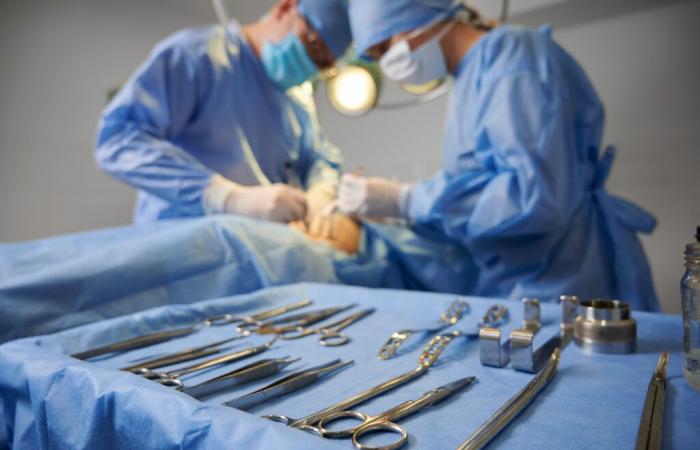Thus, “this first which documents the maintenance of a healthy and vascularized eye represents a crucial advance which could have a significant impact on this type of procedures in the future”, summarizes Dr. Bruce E. Gelb, professor of surgery at the NYU Grossman School of Medicine. “our patient had been well informed that even if restoring vision was not the objective, maintaining a healthy and vascularized eye already represented a considerable advance.”
First combined face and whole eye transplant
This first, performed in 2023, uses custom surgical cutting guides and a new “shortcut” to maintain blood flow to the transplanted eye. Innovative surgical techniques have helped restore optimal blood flow to the retina, thereby preserving the viability of the transplanted eye during the procedure.
At surgery illustrates the potential of future eye transplant procedures and marks a significant advance in vascularized composite tissue allografts (VCAs), a particularly challenging type of transplant because, unlike organ transplants which involve only one type of tissue , like a kidney or heart, a stroke involves transplanting a complex combination of different tissues – skin, muscle, blood vessels, nerves and sometimes bone – all into one piece.
The procedure, led by Dr. Eduardo D. Rodriguez, director of the Face Transplant Program at NYU Langone Health, involved a multidisciplinary team of more than 140 healthcare professionals. The patient was a 46-year-old veteran who suffered severe facial and eye injuries following an electrical accident. The main goal was to ensure that the transplanted eye remained viable, so the team focused on optimizing blood flow, a key factor for the long-term success of such a complex transplant.
A new microvascular bypass technique was developed for the procedure, allowing blood flow to be maintained to the transplanted eye. This bypass utilized nearby blood vessels, particularly the superficial temporal artery and vein, which were rerouted to connect to the ophthalmic artery and vein of the transplanted eye. This innovative approach minimized retinal ischemia (or loss of blood flow) and simultaneously restored blood flow to the face and eye, addressing a major challenge in eye transplantation.
By reducing ischemia or improving blood flow, while also optimizing surgical precision using personalized cutting guides, surgeons were able to preserve the complex structures of the eye and its surrounding tissues.
Health






